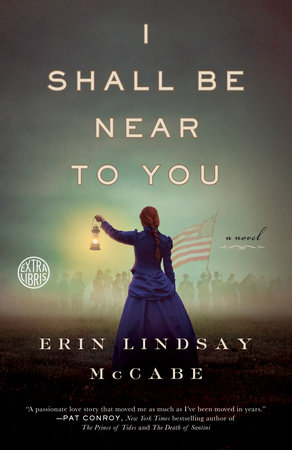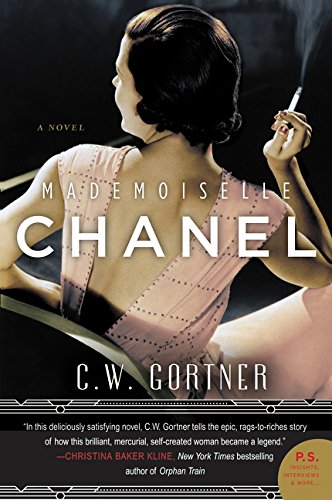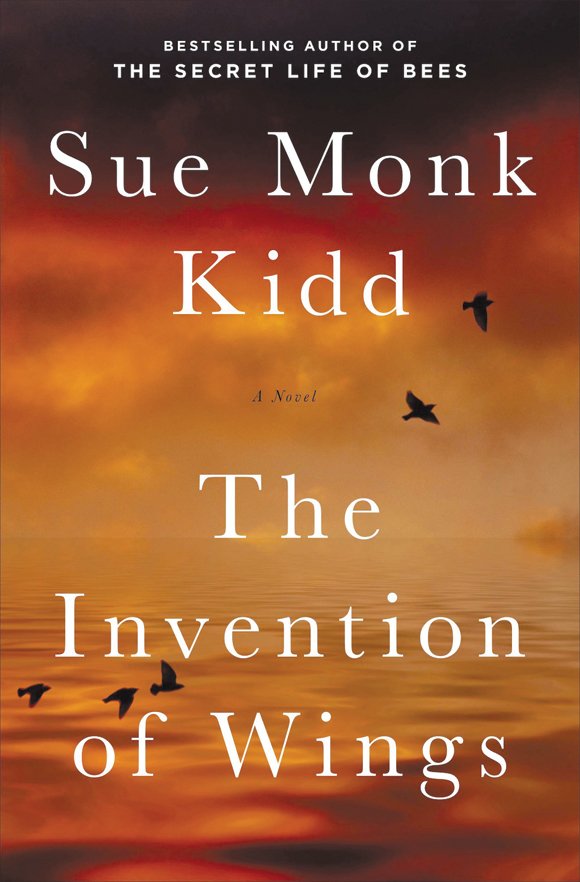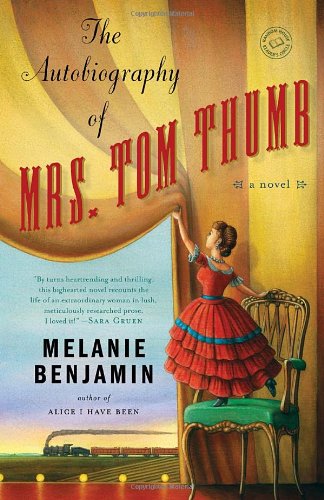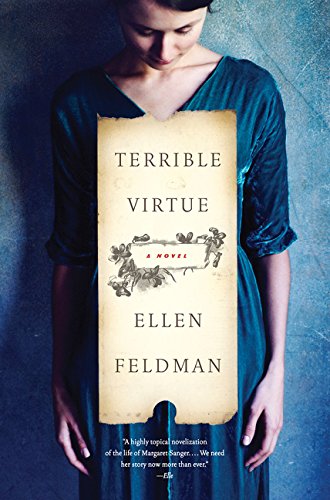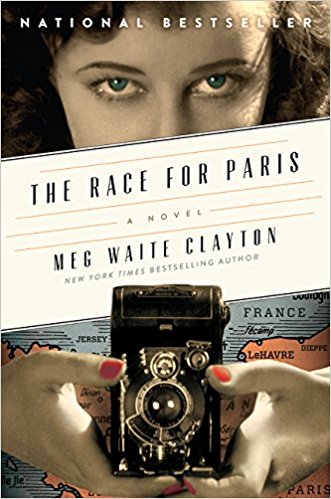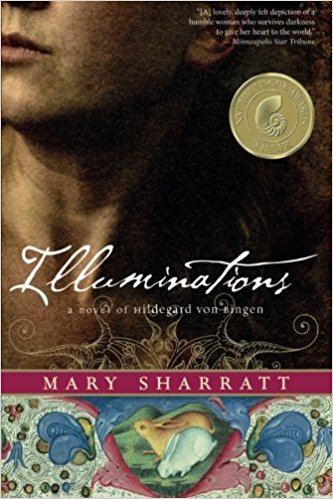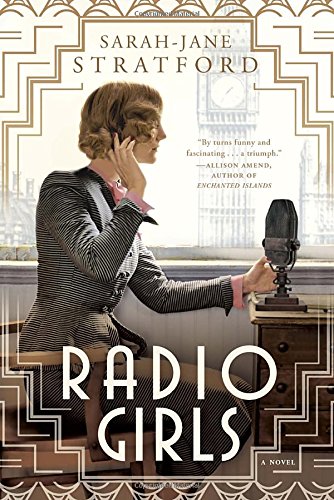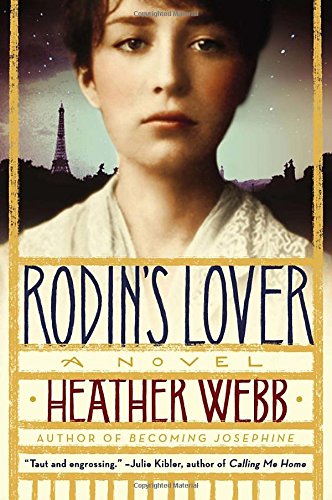You’ve heard the rallying cry “the future is female”—but what about the past? So many amazing women’s stories never made it into the history books we studied in school. Thank goodness, they’re now starting to surface in fascinating historical fiction. Narratives that capture our imagination and expand our understanding are more than educational—they’re inspiring. As both a reader and a writer, nothing inspires me more than the badass women of history. Here are some of my favorite books about fierce women of the past whose exploits can fuel our fire.
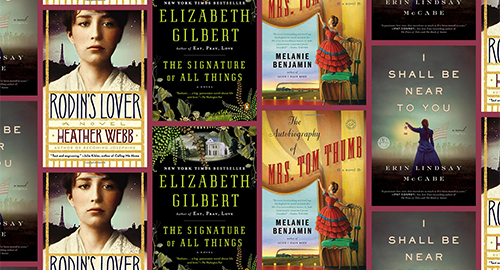
12 Historical Novels Inspired By Real-Life Bad-Ass Women
Men fought the Civil War while women were left behind at home, right? Not all women. Erin Lindsay McCabe’s story was inspired by the accounts of more than two hundred women who disguised themselves as men to fight as soldiers—on both sides. Protagonist Rosetta follows her new husband onto the battlefield, dodging the daily potential for unmasking by their fellow soldiers as well as the enemy’s bullets.
MENTIONED IN:
From the “truth is stranger than fiction” department: The story of Civil War–era spy Mary Bowser is very real. A free black woman who went undercover as a slave in Jefferson Davis’s house (!), Mary Bowser was believed to have had an eidetic memory (!!), which she used to memorize Confederate plans and relay information to the Union.
The woman at the center of this sprawling, engaging novel is fictional, but the circumstances of her life are all too common. Inspired by the stories of scientists’ daughters and wives who often made their own scientific discoveries but received none of the recognition that men did, Elizabeth Gilbert created Alma Whittaker, whose scientific and personal pursuits will keep you turning pages through the night.
Even if all you know about the Chanel brand is the fashion label and fragrance, you’ll be riveted by Gabrielle “Coco” Chanel’s journey from her early days in an orphanage to wartime Paris and beyond—along with her triumphs, sacrifices, friends, lovers, and losses along the way. C. W. Gortner tells this truly extraordinary woman’s story the same way she lived it: with heart and fire.
MENTIONED IN:
Raised in Charleston, South Carolina, in the early 1800s, the Grimké sisters were fierce abolitionists and advocates for women’s suffrage; Sue Monk Kidd centers her tale on older sister Sarah and a fictional slave nicknamed Handful. In the 1820s Sarah moved north and joined the Quakers, and Kidd puts you there to witness Sarah’s incredible spiritual and emotional journey.
Writing at the height of her narrative and imaginative gifts, Sue Monk Kidd has crafted a masterpiece of hope, daring, and the quest for freedom. Set in the years just before the Civil War, this exquisitely written novel is an unswerving look at a devastating wound in American history through the eyes of two sisters whose struggles for liberation, empowerment, and expression will leave no reader unmoved.
Celebrity weddings have riveted the nation for much longer than we currently realize, and in 1863 the biggest wedding featured the smallest couple: General Tom Thumb and Lavinia Bump, both less than three feet tall and met while working for P. T. Barnum. In Melanie Benjamin’s capable hands, Lavinia’s story is a breathtaking tale of ambition, tenacity, and persistence.
MENTIONED IN:
Ellen Feldman’s novel tells the story of Margaret Sanger. She established the first birth control clinic in 1916 (coining the term “birth control” along the way), fought to help legalize contraception, and eventually founded Planned Parenthood. As the child of a mother exhausted by bearing and caring for thirteen children, Margaret knew that women’s reproductive rights were worth fighting for. Feldman shares both the triumphs and the costs of that fight.
MENTIONED IN:
The poet Edna St. Vincent Millay lived a wild, uninhibited life that would still shock some people today, let alone during her lifetime in the 1920s. Erika Robuck entwines Millay’s story with that of a fictional seamstress living near the poet’s famed Steepletop estate, and the way both women’s lives intersect makes for a mesmerizing read.
MENTIONED IN:
Female journalists face even more challenges on the front lines than male journalists do, and Meg Waite Clayton was inspired to write this novel by daring, real-life female reporters like Margaret Bourke-White, Lee Miller, and Martha Gellhorn. Her characters Liv, a correspondent, and Jane, a photographer, take on great personal danger to report on Allied forces as they retake Paris from the Nazis.
MENTIONED IN:
Most of us have read fiction about what it would be like to be a woman in the nineteenth and twentieth centuries—but how about the twelfth? Hildegard von Bingen (also known as Saint Hildegard and Sibyl of the Rhine) was one of the most unusual women of the Middle Ages and left a most unusual legacy. Even from within a monastery and living in silence for years, she was able to have a dramatic impact on the world as a healer, writer, composer, and theologian. Her music is still performed today.
MENTIONED IN:
Today the British Broadcasting Corporation—aka the BBC or the “Beeb”—is a well-established global force for news. But in 1926 it was still an upstart, using an exciting and unusual new technology called radio. Sarah-Jane Stratford builds on the real history of women reporting and making news at the network, including Hilda Matheson, its first director of talks.
MENTIONED IN:
Auguste Rodin and Camille Claudel were contemporaries, lovers, and undeniably talented sculptors—but the first museum dedicated to Rodin’s work opened in 1919, followed by another in 1929, yet the first museum focusing on Claudel opened in March 2017—mere months ago. Heather Webb makes the case for greater recognition with this intimate, fierce novel that celebrates Claudel’s talent without shying away from her madness.

